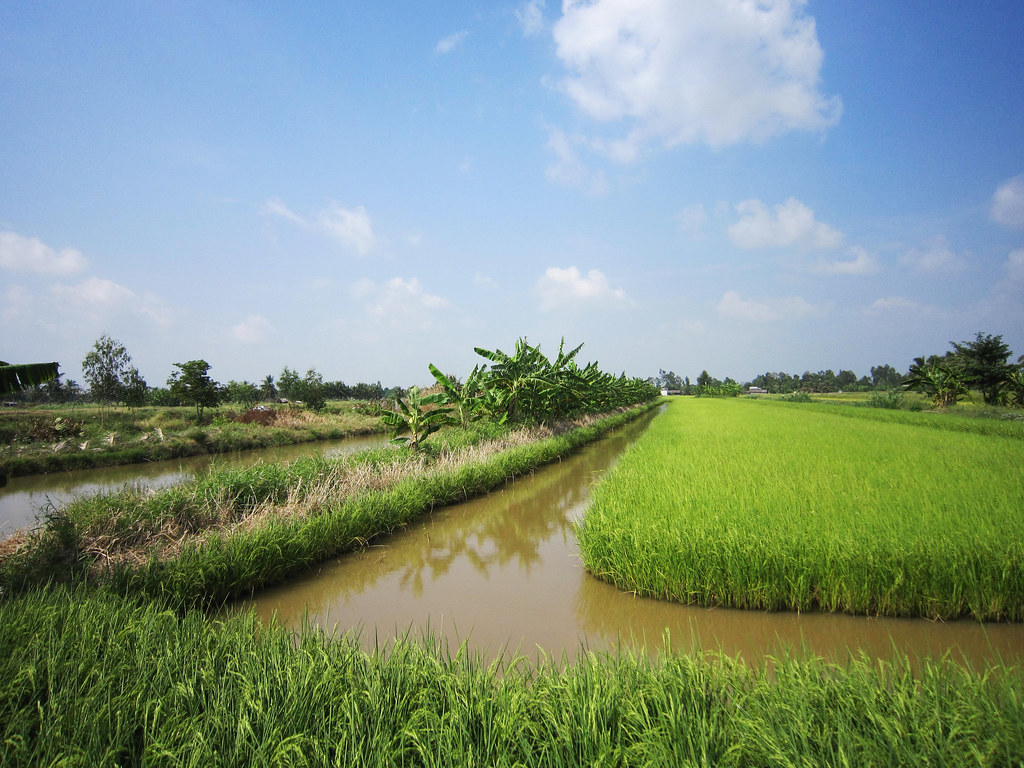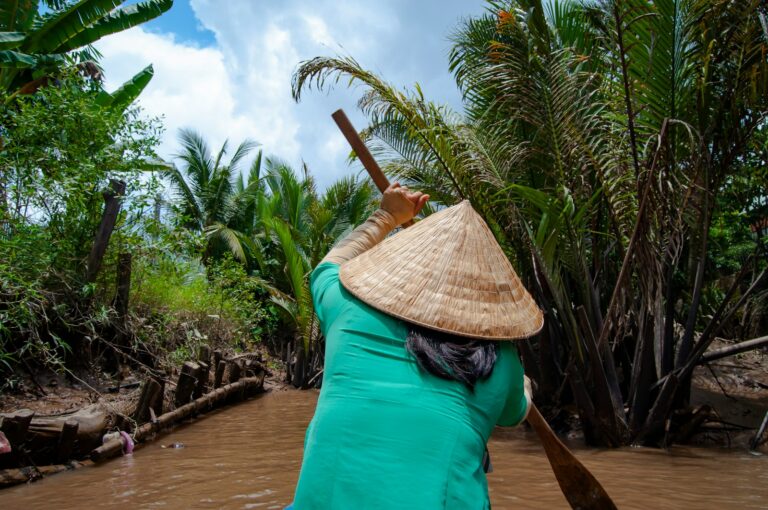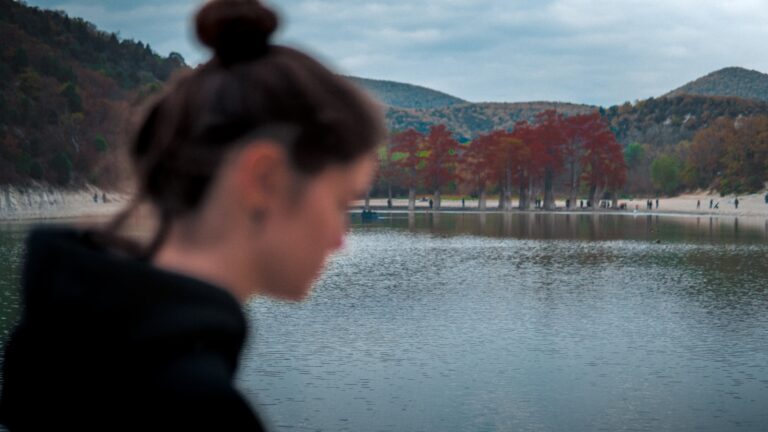Soc Trang: The Serene Soul of the Mekong Delta
The Mekong Delta has a way of stealing time. Its waters move not in haste but in a slow, unhurried rhythm, as though the entire landscape breathes in long, quiet sighs. Deep within its tangled waterways lies Soc Trang, a city that seems to exist in a gentler dimension—far from the horns and high-rises of Ho Chi Minh City, far from the neon nights of Nha Trang’s beach bars.
Here, the air carries the scent of the sea mingled with the deep, fertile breath of delta soil. The streets hum softly, their life measured not in minutes but in moments. Khmer, Chinese, and Vietnamese cultures have mingled here for centuries, weaving a tapestry of colors, flavors, and faiths that feels at once ancient and alive.
It was this quiet magic that drew Lily. She was a traveler worn thin by the constant push of city life—the endless traffic, the hurried meals, the conversations interrupted by phones. Soc Trang promised something else. She came not just to see but to feel. To find stories etched in temple walls, whispered along hidden shores, and carried in the language of wind and water.
Her first steps into Soc Trang’s heart led her to its pagodas—the city’s spiritual anchors.
Kh’leang Pagoda came first, standing proud since the 16th century, its Khmer-inspired roofs sweeping upward like the wings of a celestial bird. Every surface seemed alive: gold-edged carvings of deities, delicate floral patterns, scenes from Buddhist legends. The light caught them in fleeting glimmers, as if the building itself were breathing. Within its walls, Lily could sense not only the pulse of devotion but also the careful weaving of cultures—Khmer roots laced with Vietnamese threads, holding centuries of identity together.
From there, the road took her to Bat Pagoda, where the world tilted into something almost otherworldly. Thousands of fruit bats dangled from the ancient trees, swaying in the warm air. Their silhouettes shifted against the sky as the wind teased them awake. The pagoda’s wooden structure glowed in the filtered light, each carving of lotus and scripture catching the sun in quiet reverence. Lily stood still, her breath matched to the rustle of wings above—a reminder that here, nature was not apart from faith but part of it.
Her last temple visit was to Quan Am Pagoda, dedicated to the Goddess of Mercy. Where Kh’leang rose in grandeur and Bat Pagoda throbbed with wild magic, Quan Am offered a gentler grace. Bougainvillea spilled over trellises in rivers of pink, frangipani blossoms fell like blessings onto stone paths. The air smelled of incense and warm blossoms. Devotees bowed in prayer, the smoke curling upward in soft, unbroken ribbons. Lily found herself lingering under the shade, caught between silence and peace, reluctant to leave.
Each pagoda had its own voice, yet together they told the same story—of faith carried across generations, of communities that did not merely coexist but intertwined their lives into a shared heritage.
But Soc Trang’s soul was not kept in temples alone. One afternoon, over a bowl of noodle soup in a roadside café, a fisherman spoke of a place called Ho Be Beach—a name that, until recently, belonged only to locals and the sea. Curiosity lit in her eyes, and the next morning she set off on a rented motorbike.
The road carried her past endless green—rice fields rippling under the breeze, shrimp ponds glinting under the sun, and wooden homes drowsing under coconut palms. The air grew sharper, tinged with salt. Somewhere beyond the last bend, the sea was waiting.
Ho Be was nothing like the crowded beaches she had known. There was no blare of music, no neon signs shouting for attention. Instead, a quiet bay unfolded before her, its sand soft and pale, its water a sheet of glass. A few scattered umbrellas leaned toward the sun, their shadows lazily stretching over the shore. The seafood here tasted like the tide itself—grilled squid kissed with lime and chili, shrimp so fresh they might have leapt from the sea minutes earlier.
Yet the true treasure of Ho Be lay not only in its sand and water but in the mangrove forest that framed it—a living, breathing fortress of green. The roots tangled like knotted hands, holding the shoreline against the sea’s restless push. They sheltered fish and crabs, offered perches to kingfishers whose blue wings flashed like jewels, and gave haven to the rare painted stork, poised in the shallows with impossible elegance.
A local boatman took Lily into the channels where the forest swallowed the sky. Branches arched above her, stitching the light into lace. The water was still, the air thick with salt and earth. Birds darted between shadows; somewhere close, a fish leapt with a splash. In that green silence, she felt the weight of the world loosen its hold.
Afternoons here were a gentle rhythm—a swim in the bay, a plate of grilled fish under the shade, a slow paddle in a kayak past the mangrove edges. Children built castles in the sand. Old men mended nets with the patience of decades. It was life stripped to the essentials—sea, sun, work, and rest.
Yet she sensed change was close. The beauty of Ho Be was a fragile thing. One day, perhaps, resorts would rise here. Tour buses would park where the mangroves now stood. Souvenir stalls might replace the quiet, and the tide-driven clock would be replaced by the ticking of commerce. But for now, it remained untouched—an honest meeting of sea and forest, speaking in whispers the world rarely hears anymore.
When Lily’s days in Soc Trang came to an end, she left without hurry, as if moving too quickly might break the spell. She carried away not just photographs but the shimmer of Kh’leang’s gold carvings, the soft beat of wings in the Bat Pagoda trees, the perfume of frangipani in Quan Am’s gardens. She carried the taste of Khmer curries tangled with Vietnamese herbs, the sound of waves folding over mangrove roots, the memory of a painted stork lifting into the sky.
She knew most travelers passed this city by, bound for Can Tho or Bac Lieu, never stopping to see the pagodas or to let Ho Be’s sand sift between their toes. But for those who did, Soc Trang offered something rare—centuries of cultural depth paired with a coastline still in its natural grace.
Perhaps in time, with care, it could become a place known not for crowded resorts but for its authenticity. Small homestays tucked among coconut trees, eco-lodges that listened to the land, boat tours that kept the mangroves alive and the fishermen working. The pagodas could remain living places of worship, not just ornaments for postcards.
For Lily, Soc Trang had been more than a destination—it had been a teacher. It reminded her that beauty is not always loud. That stories can be told in the curve of a roofline, in the way roots hold a shore, in the smell of incense on a hot afternoon. She had come in search of a slower pace, but she had found more: a reminder that there are still places in the world where history and nature meet without clashing, where life moves at the speed of the tide, and where the heart can breathe in peace.
It wasn’t just a dot on a map. Soc Trang was, and would remain in her memory, a city with a soul. A place where the past walks quietly beside the present, and where beauty blooms still—untouched, unhurried, and utterly alive.




